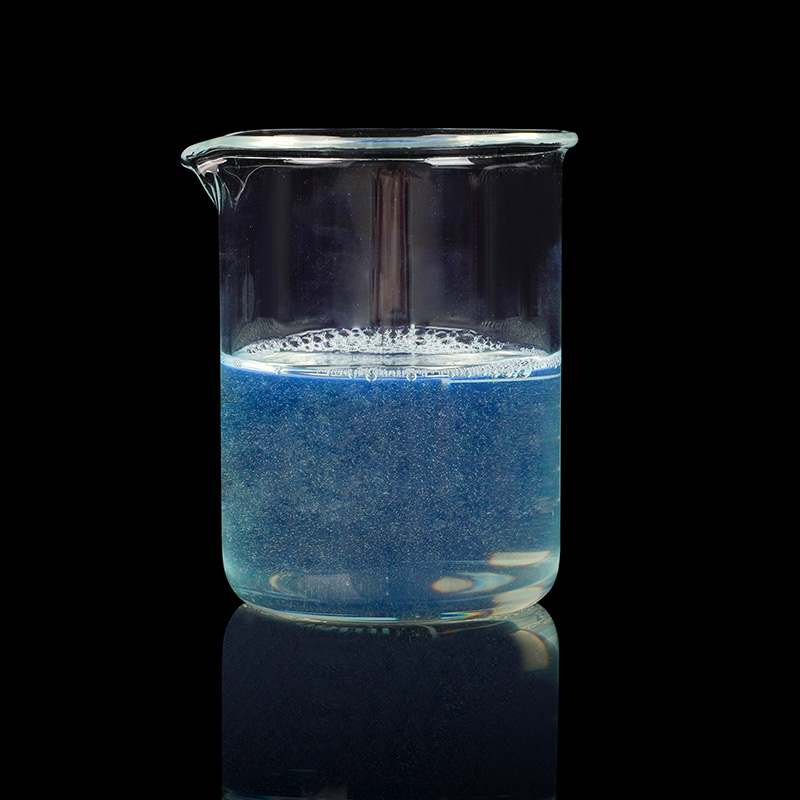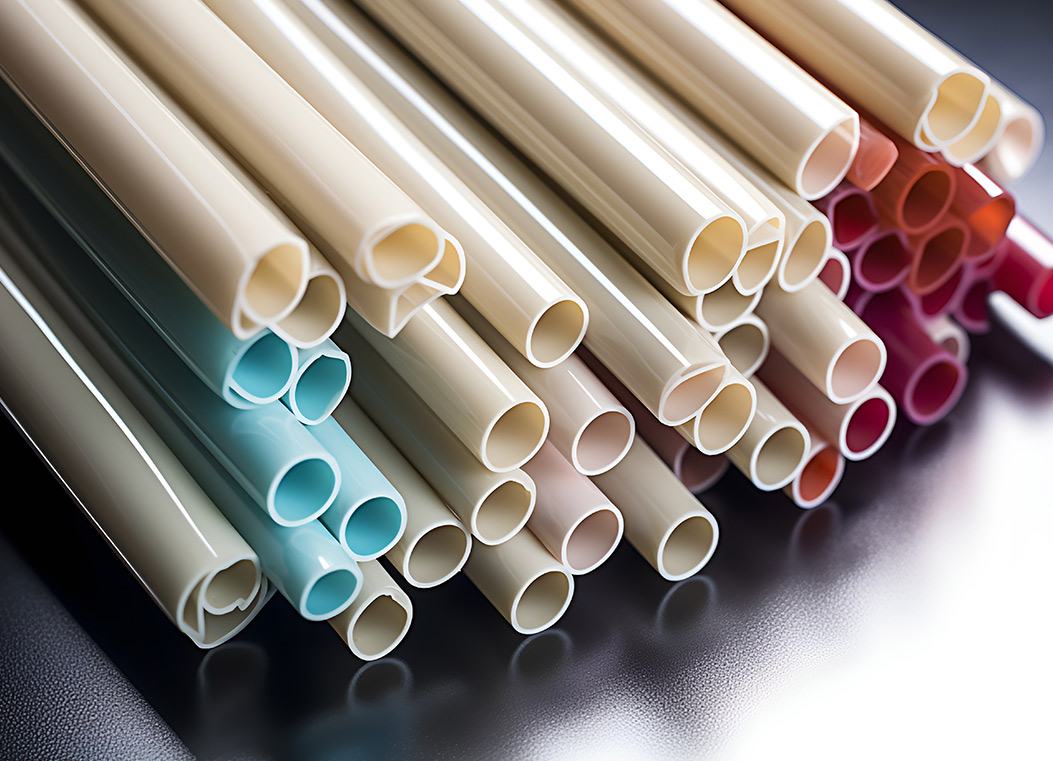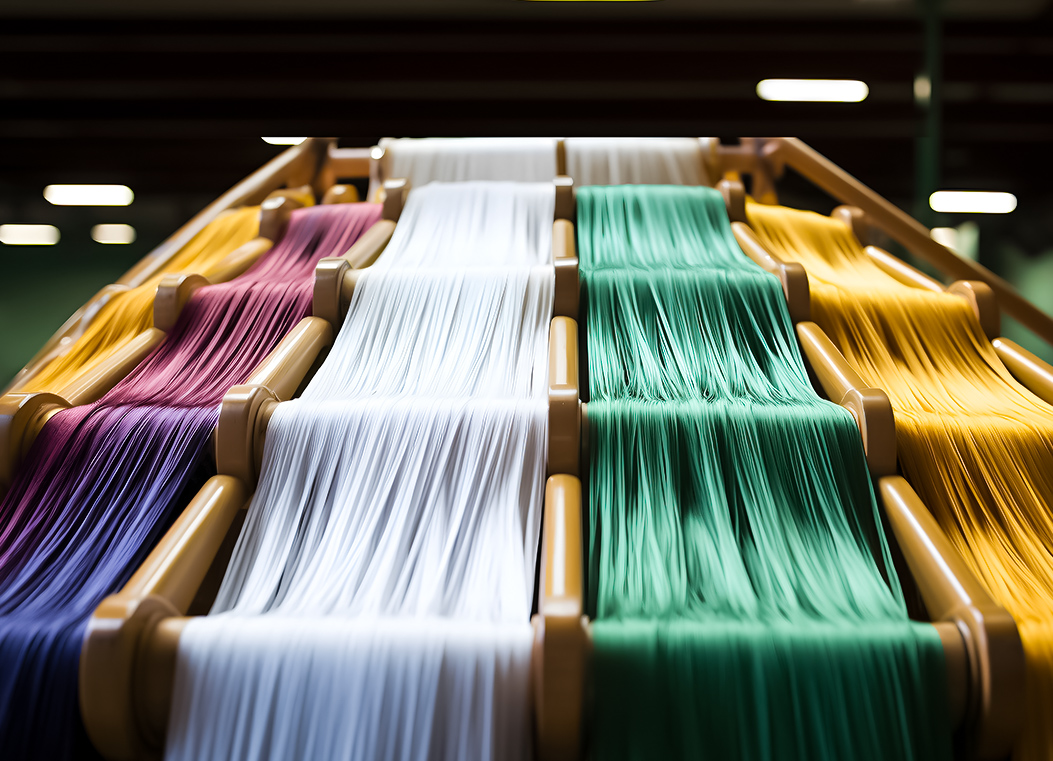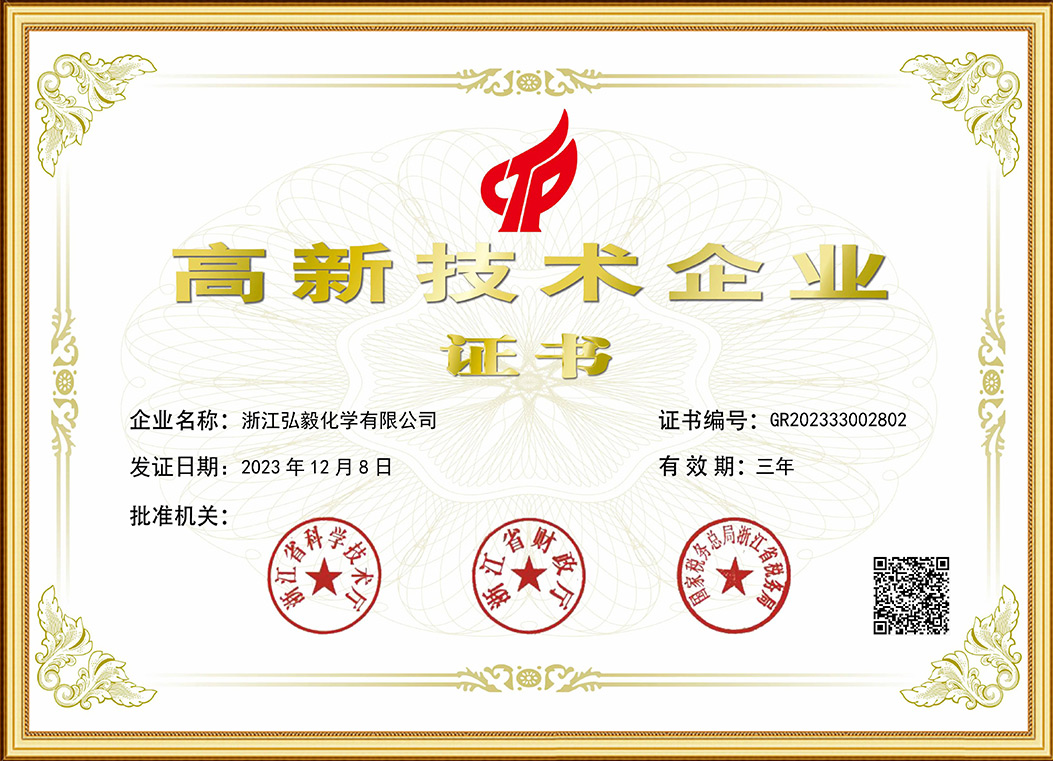Across the textile finishing process, Optical Brightener Powder and Optical Brightener KCB are often discussed as effective solutions for enhancing the brightness of fabrics. The correct dosage is critical to achieving consistent results without compromising fiber quality. Optical brightener NFW/NFW-L, a commonly used additive, provides practical guidance on how dosage should be adjusted depending on the fiber type and treatment conditions. Understanding these recommendations allows manufacturers to improve efficiency while maintaining fabric performance.

Dosage for Wool and Silk Treatments
Wool and silk require special attention due to their delicate nature and sensitivity to processing conditions. After peroxide bleaching and reduction bleaching, the recommended dosage of NFW/NFW-L is 0.1–0.3% based on the weight of the fabric. The pH should be adjusted to 4–6 with acetic acid, and the treatment bath is usually set at a ratio of 1:10–20. A temperature range of 60–100°C with a treatment time of 20–60 minutes is suggested to ensure good absorption and stable brightening results. By following these parameters, the natural sheen of silk and the soft luster of wool can be preserved while reducing unwanted yellowing.
Application Dosage for Nylon Fabrics
For nylon fibers, optical brightener NFW/NFW-L is generally applied after reduction bleaching. The dosage is slightly higher compared to wool and silk, usually 0.1–0.5% by weight of the fabric. To enhance performance, 2–5 g/L of sodium sulfate is added to the bath. The liquid ratio remains at 1:10–20, with treatment conditions of 80–100°C for 30–60 minutes. This combination ensures the brightener adheres effectively to nylon, improving brightness without uneven patches. Careful monitoring of the electrolyte level during processing is particularly important, as the affinity of the brightener is influenced by electrolyte content.
Limited Use on Cotton
Although optical brightener NFW/NFW-L is primarily effective on protein fibers and nylon, it can also be applied to cotton. However, the whitening effect is more limited compared to other fibers. When dosage recommendations are applied to cotton, results may vary, and manufacturers should evaluate whether the visual improvement meets their specific requirements. This makes dosage control even more important, as excessive use will not necessarily improve results but may increase processing costs.
Sensitivity to Processing Parameters
The effectiveness of optical brightener dosage does not depend solely on quantity. Temperature and electrolyte levels are critical factors influencing the product’s affinity to the fiber. If the bath temperature is too low or electrolytes are imbalanced, the expected brightening effect may not develop fully. On the other hand, excessive heat can reduce stability. For this reason, maintaining the recommended ranges for both dosage and bath conditions ensures consistent outcomes across different fabric batches.
Combination with Acid Dyes
In silk and wool processing, the recommended dosage of optical brightener can be used together with acid dyes. This compatibility allows finishers to refine the shade of the fabric while improving brightness in one step. Adjusting the proportion of acid dye alongside the brightener helps balance tones, preventing overly sharp or dull appearances. Manufacturers often find that careful coordination between dye and brightener dosage yields more controlled visual results.
Dosage Considerations During Washing
High-temperature washing after treatment can reduce the brightness achieved, even when the correct dosage has been applied. To counter this effect, electrolytes are added during washing to stabilize the whiteness. This step is essential for fabrics that will undergo further processing or are expected to maintain brightness during extended use.
Broader Application of Optical Brightener KCB
While NFW/NFW-L provides clear dosage recommendations for silk, wool, and nylon, Optical Brightener KCB is commonly applied to polyester and blended fabrics. Its dosage varies depending on fiber content and finishing requirements, but it is similarly aimed at enhancing whiteness and clarity. The choice between different brighteners often comes down to fiber type and process goals, which is why understanding dosage guidelines for each additive is so important.
Practical Value of Correct Dosage
Accurate dosage of Optical Brightener Powder ensures not only visual improvement but also cost efficiency and process stability. By applying the recommended levels for each fiber type, supported by proper bath conditions and preparation, manufacturers can achieve fabrics with brighter and cleaner appearances while maintaining the intrinsic qualities of the material. The practical guidance offered by NFW/NFW-L demonstrates how correct usage of optical brighteners fits into modern textile finishing workflows.

 EN
EN 中文
中文 ES
ES




.jpg)













